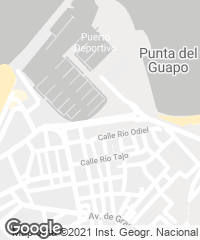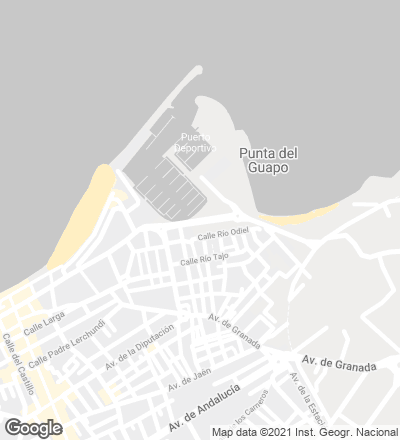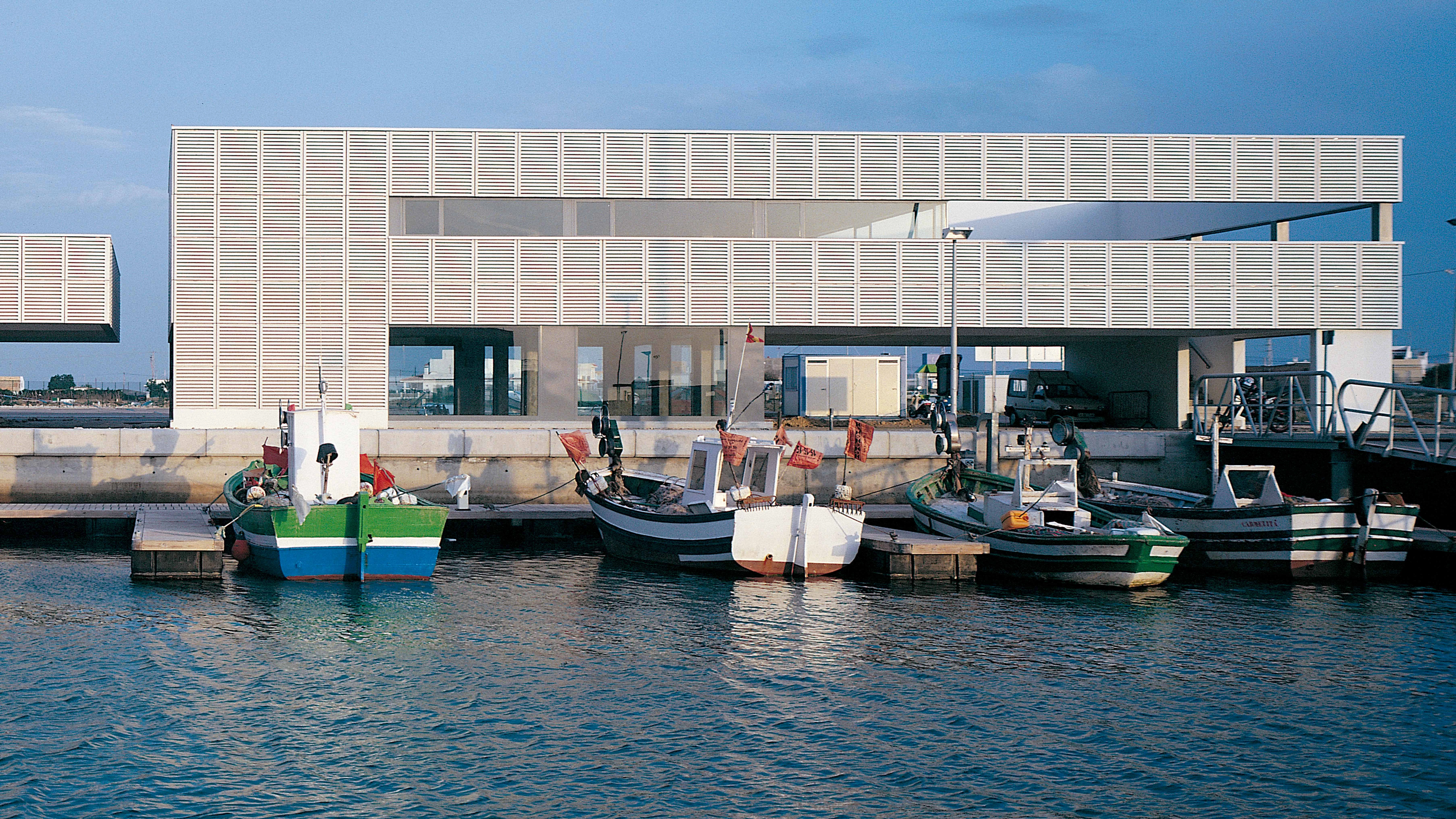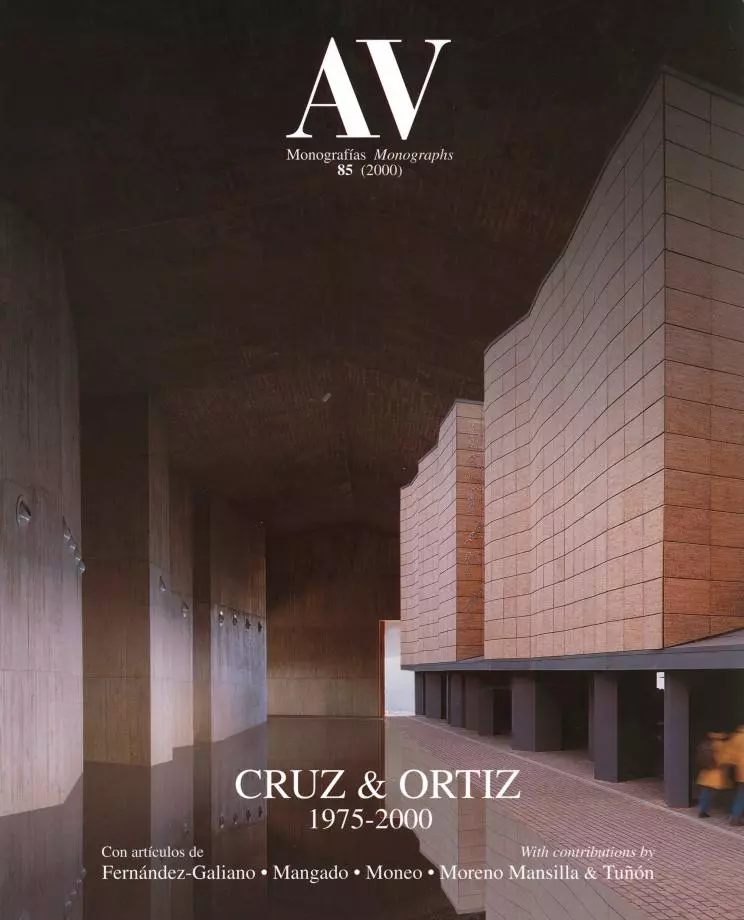Port Buildings, Chipiona
Cruz y Ortiz Arquitectos- Type Administration building Institutional
- Date 1994 - 1995
- City Chipiona (Cádiz)
- Country Spain
- Photograph Duccio Malagamba


What do you think of the buildings, the series of boxes, at the Port of Chipiona?
—They are like an exercise, a minimalist exercise. At first we didn’t want this project published. It seemed to us too much of an impersonal exercise. The commission was to build four small buildings, but now there are two more which we ourselves designed using the same piece of facade. Actually in a nearby area there seems to have been a competition which another studio won, and we’re told that this piece is being used there. Originally instructed to erect four buildings scattered within the port zone, we decided to put them in relation to one another through the use of a single material. And the design of the facade piece was derived from the small constructions where fishing nets are stored, which must be well ventilated. We thought of latticework, and as such, the piece is used alone, but in the other buildings it was necessary to seal it with glass. The repetition of a same facade material, combined with a geometric system of prisms and shiftings, is what sews the project together.
—It’s interesting to establish links through material because this is what really brings out the potential of the material, by establishing a system that allows all possible variations. Also, it doesn’t predetermine any specific form.
—What we do find less convincing about these buildings is perhaps that they explain themselves so easily: same material, same system. It’s a rather evident discourse.
—And a bit perverse on your part.
—Yes, of course... Exactly.
—Nevertheless we think it’s quite an efficient work. It certainly functions.
—Efficient in the sense that the rules of the game are very clear and evident. It’s like the art dealers telling his artist not to do anything different because he’d rather they keep bringing in «the usual thing.»
—Whatever you say, the idea of enhancing something specific is very interesting. Something with the capacity to be many things and to express all variations, and at the same time all those forms are very restricted. In other words, with this system not everything is possible, but the possibilities are infinite.
—The briefs are straightforward enough: rooms in which to store fishing nets, some commercial units, boat repair workshops and a building from which to control all port activity. Not briefs of the sort where function can help. These were buildings without interiors.
—They are also constructions having to do, once again, with a certain type of Swiss architecture, and this makes them more dateable, less timeless than the María Coronel dwellings.
—We doubt there is a port anywhere with such clear-cut buildings. Sometimes it’s necessary to work with systems that allow each element to find its own form on the basis of the established system and external specifications, in a way that even contradictions work in favor of the proposal. We have always tried to discover the opportunities inherent in a commission, and in the case of the port of Chipiona there was no doubt as to what this was: we had to come up with a material that would give unity to the project...
Conversation of the authors with Luis Moreno Mansilla and Emilio Tuñón.
[+]
Cliente Client
E. P. P. A.
Arquitectos Architects
Antonio Cruz & Antonio Ortiz
Colaboradores Collaborators
Blanca Sánchez, M. Ángel Velasco (arquitectos architects); Bernabé Ramírez (aparejador quantity surveyor)
Contratista Contractor
Cubiertas y MZOV, Arumi (fachada facade)
Fotos Photos
Duccio Malagamba







